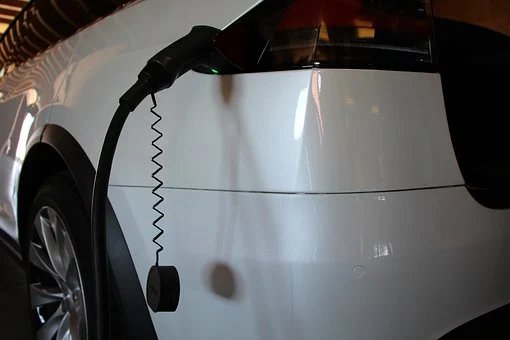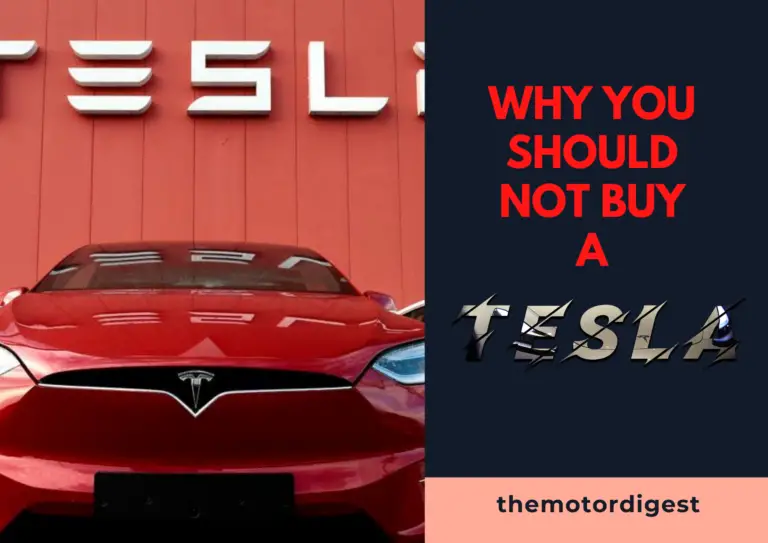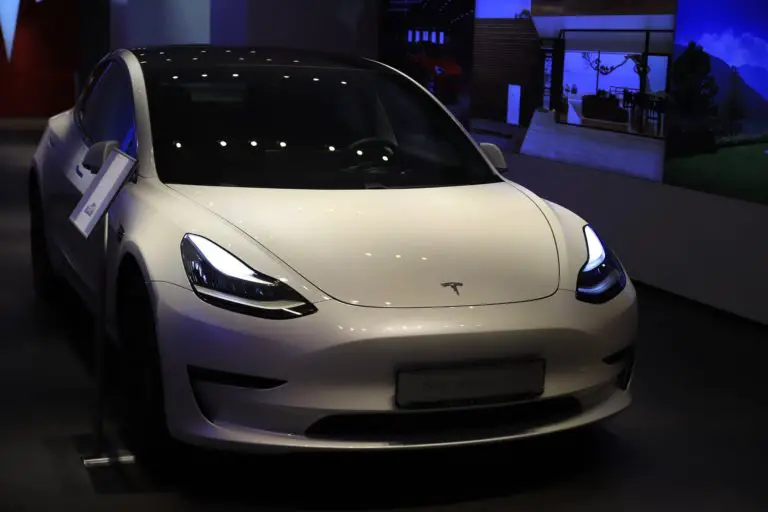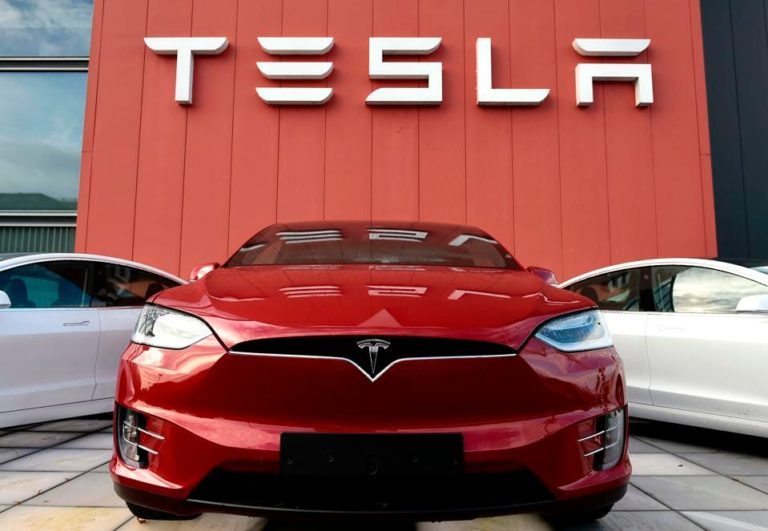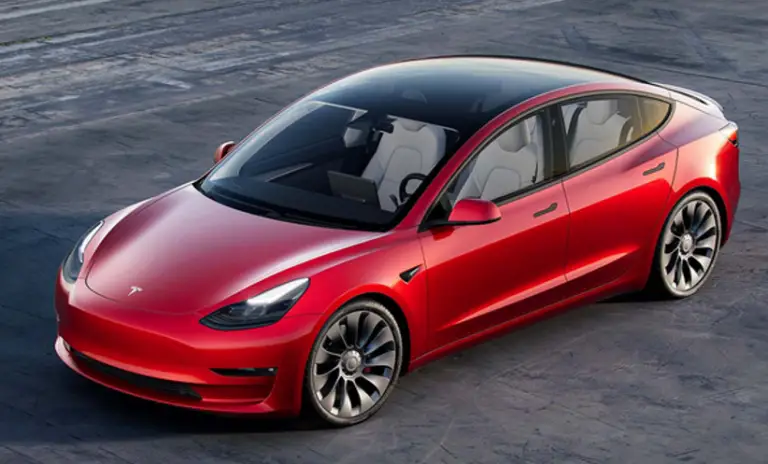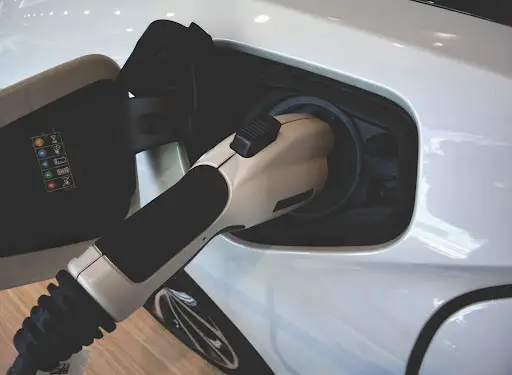How Far Can Electric Cars Drive In One Charge?
Electric vehicles (EVs) have been around longer than most people realize. In the 1900s, they accounted for 37% of all cars, while gas-powered accounted for 23% and steam power 40%. Ease of ownership was managed by a daily rental agreement, whereby the EWV would be returned to a central warehouse and recharged overnight.
Modern EVs can travel from 100 miles (160 km) up to 520 miles (830 km) on a single charge, depending on the vehicle. The Environmental Protection Agency now tests EV’s range and provides an unbiased measurement for each. The EV with the best range is the 2022 Lucid Air Dream Edition.
Today EV’s are the fastest growing motor vehicle segment. However, the same issue that plagued early EV vehicles is still relevant today; how far can an electric vehicle drive? Are EVs a realistic replacement for gas-powered cars?
Table of Contents
- Electric Vehicle Range Is Constantly Improving
- Who Drives An EV?
- The Ability to Recharge the Battery Affects EV’s Range
- Conclusion
Electric Vehicle Range Is Constantly Improving
Other than the Tesla corporation, most manufacturers started moving to EVs with hybrid technology. There are two types of hybrid engines: electric vehicles and plug-in hybrid EVs.
Hybrid Electric Vehicles
These vehicles have two engines, namely an internal combustion unit and an electrical motor.
The vehicles could travel a very short distance (+-30 miles) purely on electrical power. The driver could extend the range by using both the hybrid and the internal combustion unit. In this scenario, the internal combustion engine also acted as a generator to feed the batteries, providing the electric engine power to move the car.
There are regenerative systems, such as the brakes, which also charge the batteries.
Although this improved the range, the technology was complex and developed a reputation for being unreliable.
The climate benefits were also less because the internal combustion engine still produced pollutants.
The Second Type of Hybrid Was the Plug-In Hybrid EV
Plug-in Hybrid EVs use the same technology as Hybrid EVs, except, in addition, they add a charging point to replenish the battery overnight from the AC power supply.
These vehicles still add to the planet’s pollution and have the same complexity as regular Hybrid EVs.
Can Pure EVs Drive the Farthest?
Several possible technologies are being bandied about, including Solar and Hydrogen, as viable alternatives to pure EVs. However, these present so many challenges that, for the foreseeable future, EVs seem to be the most promising systems.
The future of EV technology will not include Hybrid units. As electronic storage technology advances, there will be a progressive improvement in the distance an EV can travel, based purely on the power supplied by the battery.
The following demonstrates the improvement in Tesla EV’s range since they first launched the Roadster model was in 2008.
Tesla, which has become the generic name for modern EVs, introduced its first model, the roadster, in 2008. The Roadster range was only 244 miles (392 km).
Since 2008 the advance in Tesla’s capability has been nothing short of remarkable. Each model has exceeded the previous by a substantial amount. The following demonstrates this.
- They launched the Tesla Roadster in 2008 with a range of 244 miles
- They first sold the Tesla Model S in 2012 with a range of 294 miles. The 2021 long-range model has a range of 405 miles.
- The Tesla Model X was launched in 2015 with a range of 257 miles. The 2021 model has a range of 353 miles.
- The Tesla Model 3 was launched in 2017 with a range of 263 miles. The 2021 model has a range of 315 miles.
LUCID Motors, situated in Silicon Valley and Casa Grande, Arizona, has launched the Air Dream Edition model, boasting an EPA-certified range of 520 miles (836 km). Although this is the most expensive EV on the market (after tax credits, the price is $163,000), it offers a comparable range to most mid-sized sedans and SUVs.
Most commentators predict that by 2025, EVs will have the ability to travel more than 600 miles.
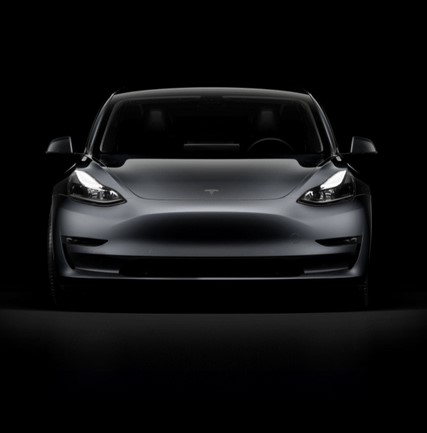
Who Drives An EV?
EVs are more expensive to produce because battery technology is very costly.
EVs are substantially more expensive than conventionally powered vehicles, and only a tiny portion of the buying public can access this technology.
Worldwide, governments have offered tax credits on EVs and, in some cases, have implemented a pollution tax on conventional internal combustion-powered vehicles.
The incentives have had some impact; however, we have not seen the massive take-up needed to significantly impact pollution levels.
In the 2020s, most major manufacturers have invested in the technology and have launched their own, more affordable models. Prices have slowly started to reduce. For EVs to be genuinely democratized, this pattern will have to increase.
The Ability to Recharge the Battery Affects EV’s Range
In addition to the fuel supply, EVs have many advantages over conventional vehicles. These include:
- Faster acceleration times
- Lower noise levels
- More space in the cabin (there is no tunnel down the center)
- Increased baggage storage (the engine has moved from the front engine bay)
- Lower operating costs
- Improved reliability (there are far fewer moving parts)
The only area where they cannot compete is in recharging time. It takes minutes to refill a gas tank in an internal combustion engine. The recharging process can take an hour or more (depending on the recharge station’s capability) to ensure a sufficient charge.
Long-distance trips in an EV will take more time, and in a country with an inadequate recharging network, the driver will experience “range anxiety.”
Infrastructure improves every month in Europe and North America, whereas the problem is genuine in second and third world countries.
- Poorer countries have less financial capability to develop an EV charging infrastructure.
- Most poorer countries’ utilities have a constrained electrical supply. Adding on the consumption that a significant take-up of EVs will create, the capital is simply not available to expand the networks sufficiently.
Although EVs show real promise in improving the planet’s survival potential, the reality is that, unless poorer nations are assisted, they will have a lower global impact.
Conclusion
EVs are the most exciting development in the ongoing evolution of the motoring industry. Ev’s range increased from the low 100-mile mark to 500 miles and more in a few years.
The range improvements are inevitable and will eventually equal or exceed current internal combustion-powered vehicles. As with any growing technology, the costs will reduce, and the take up in first-world countries will be massive.
Amazon and the Amazon logo are trademarks of Amazon.com, Inc, or its affiliates.

